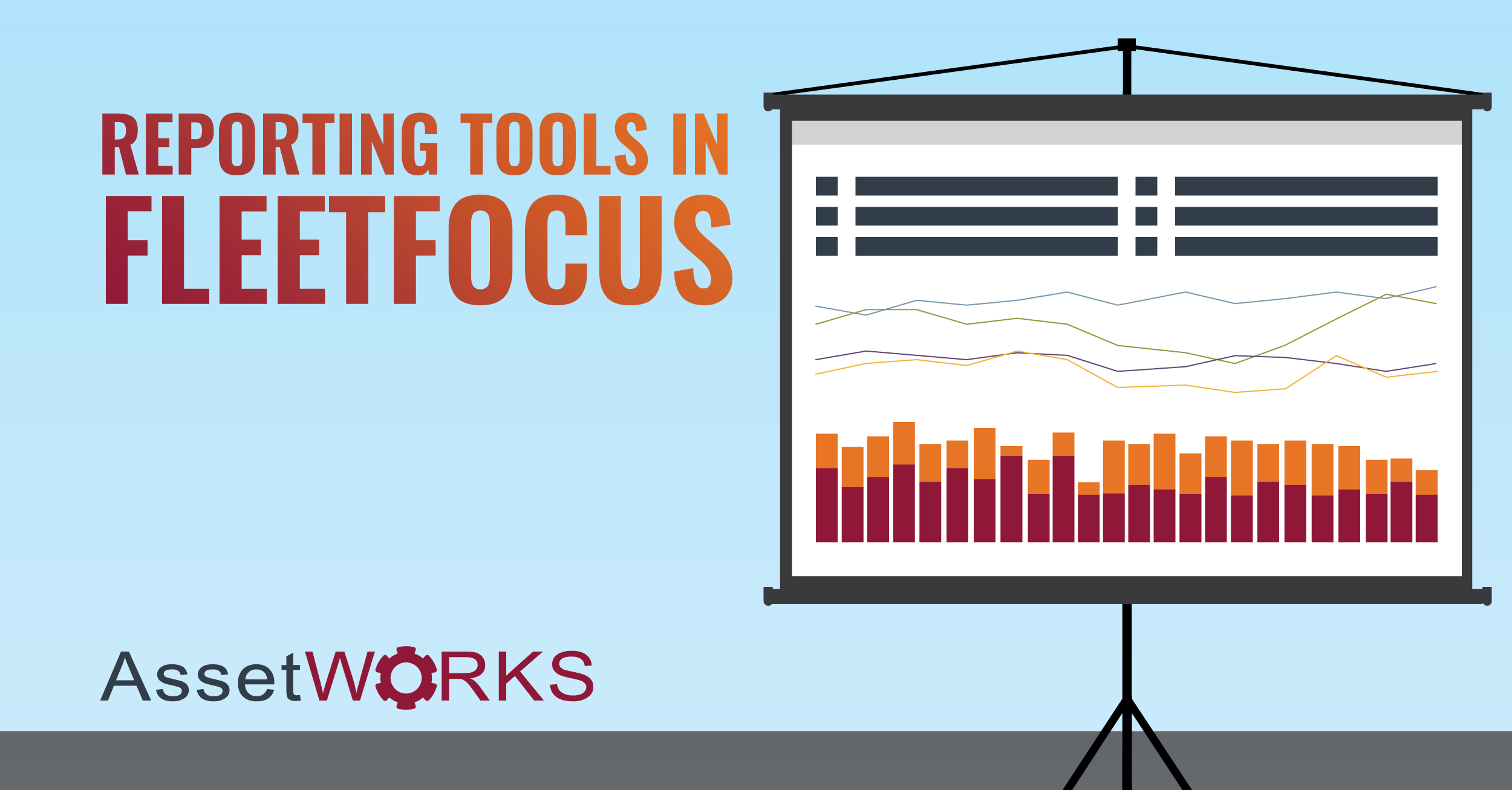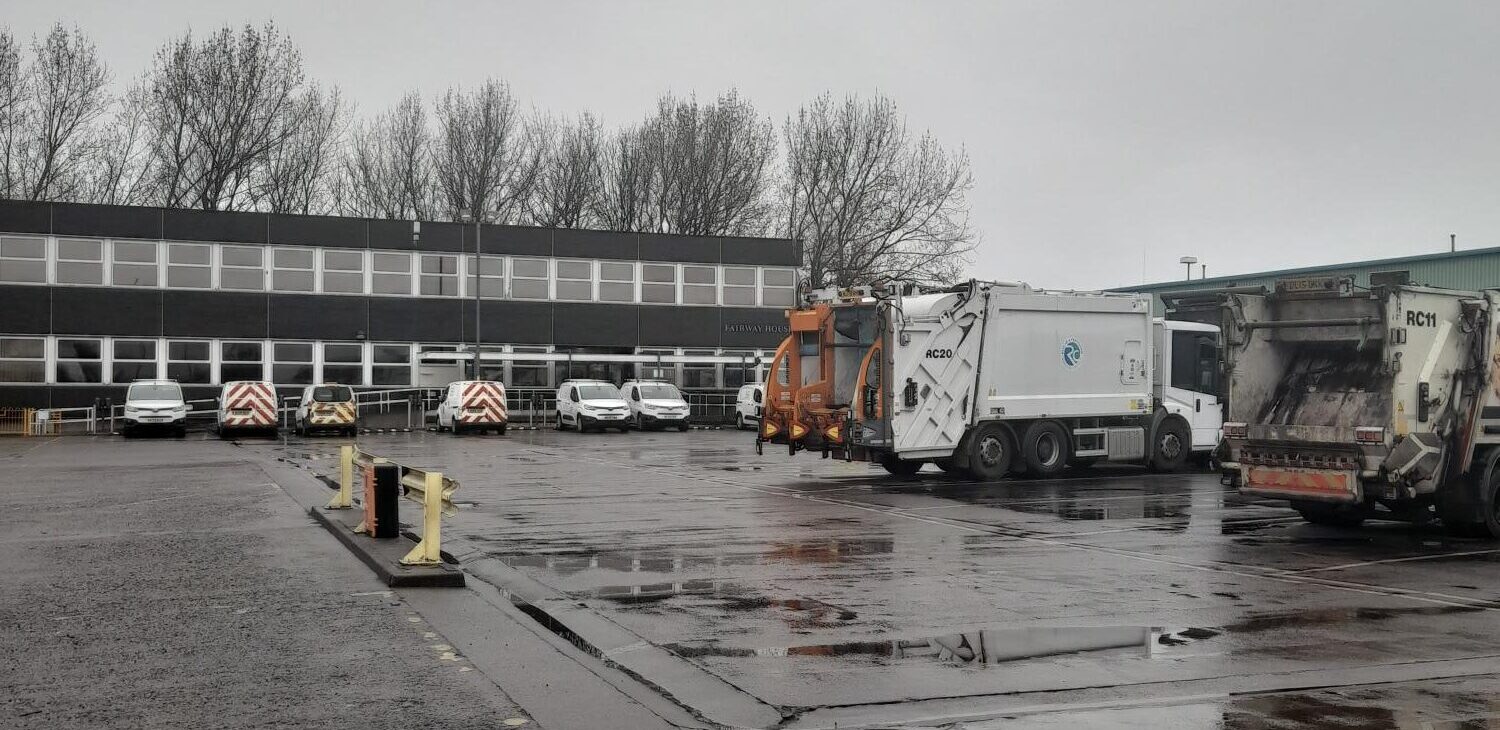How Metro Transit of King County, Washington is Reducing Pollution, Protecting the Environment and Leveraging FuelFocus Technology in the Process
Located on the Puget Sound in Washington State, King County covers 2,134 square miles and is nearly twice as large as the average county in the U.S. With more than 1.8 million people, including the residents of Seattle, it ranks as the 13th most populous county in the nation. The area boasts many points of interest, from the original Starbucks and Microsoft’s headquarters to the Space Needle and the Experience Music Project (the Jimi Hendrix inspired interactive music museum founded by Paul Allen). However, it is the beautiful, lush terrain with glimpses of Mount Rainier and countless waterways linking forested islands that truly captivate visitors and residents alike.
"Our mission has always been to provide the best possible public transit services that get people on the bus and improve regional mobility and quality of life in King County. FleetFocus and FuelFocus help us do that."
Colleen Duke
With so much precious land to cherish and protect, it’s no wonder that King County residents have nurtured a culture of environmentalism. This ecological way of thinking has influenced the area’s public transportation system as well. King County Metro Transit was named the winner of the prestigious national Clean Air Excellence Award for 2005 presented by the Environmental Protection Agency (EPA). The agency’s hybrid bus program was cited for its innovative combination of hybrid electric technology and use of ultra-low sulfur diesel fuel, placing the buses among the cleanest-running public transit vehicles in the country.
Ecology and Technology
For over 30 years, the award-winning agency has been committed to environmentally healthy and energy-wise transportation and AssetWorks FleetFocus™ fleet management software has been used to successfully manage the fleet since the late 90s. Additionally, Metro Transit has deployed the AssetWorks fully integrated Automated Fueling System (AFS), FuelFocus, which works hand in glove with Metro’s fleet management software. Metro Transit’s fleet consists of over 1,400 vehicles including standard and articulated coaches, electric trolleys, hybrid diesel buses and some smaller buses. The agency also operates the largest publicly owned vanpool program in the country with more than 600 vans making more than 2.9 million trips per year. The vanpool’s environmental impact has effectively eliminated at least 4,500 vehicles from area roads. Other green transit practices include innovative car-sharing programs, using bio-diesel and improved exhaust filtration.
Fuel and fluids changes have also helped protect the environment. Metro Transit uses cleaner burning fuel, re-refined oil in its bus engines and a special formulation of transmission oil. The transmission oil is now used for 70,000 miles rather than 12,000 miles. This benefits the environment by safely removing well over 100,000 gallons of oil from their annual waste oil load.
In 2005, Metro Transit decided it was time to gain even more control over its fuel and fluid usage to prevent waste, theft and the possibility of running out of fuel while en route. Previously, in the year 2000, the agency was using an outdated manual system that was prone to data entry errors and not integrated with the fleet’s maintenance system. Although they upgraded to an AssetWorks fuel management program at that time, in 2005 they truly needed a state of the art automated system that accurately tracked fuel and fluids in real-time to look for anomalies and source problems before they cost the agency money.
“It would have cost us too much money to build a fuel management interface on our own,” said Colleen Duke (Information Systems Professional IV, Basic Business Systems, Vehicle Maintenance Section) of Metro Transit Division, Department of Transportation. “FuelFocus was the right price and the right solution to fit with our goals and of course it integrated perfectly with our existing AssetWorks software.”
Metro Transit implemented FuelFocus, the AssetWorks automated fuel and fluid management system, to create even more efficiency and effectiveness within the transit agency. The system helped Metro Transit capture data that allowed it to immediately identify and fix oil leaks, eliminate fueling discrepancies and shrinkage, and assess MPG averages to gauge whether or not vehicles needed maintenance. Although FleetFocus and FuelFocus have both contributed to Metro Transit’s stellar operations, here are some highlights showing how the agency leveraged the power of FuelFocus to assist with its environmental goals:
- Accurate and Accessible Data – Entering and looking up fuel and fluid data was no longer time consuming. The fuel and fluid data was automatically collected and integrated into one database where all of the fleet management information resided. Slow practices like hand entered data onto cumbersome paper forms were eliminated.
- Precise Reporting – Staff could run accurate reports at any time to make sure that all of the day’s in-use vehicles were fueled prior to transporting passengers. A prime example of this use is their “3 A.M. Report.” This early morning, daily report helps keep vehicles from running out of fuel, a scenario that could have dangerous consequences if not tracked properly.
- Decreased PM and Repair Costs – Isolating fuel and oil anomalies in real-time indicates problems as they arise. This allows for on-the-fly problem solving that helps Metro Transit reduce costs by stopping the waste and fixing the problem before it requires significant repair expenses.
- Reduced Fuel Consumption and Waste – The fueling station pumps read each vehicle’s number and distribute only the amount of gas that a unique vehicle requires. This is achieved with an auto shut-off feature that reduces overflows at the tank and makes stealing fuel virtually impossible. There is also a reset feature to ensure that true tank capacity is met and bubble inaccuracies avoided; this guarantees that there will always be a full tank.
- Flexibility and Customisation – Metro Transit was interested in tracking services performed on its trolleys, such as cleaning and fluids. Because FuelFocus is easy to customise and integrate, the agency actually connected the vacuum system to FuelFocus to track when specific vehicles were cleaned. This is now reported daily so that Metro Transit can guarantee that passengers are experiencing cleaner, more comfortable public transportation.
“AssetWorks works for us and works really well,” said Duke. “The people are responsive and the products have improved our operations. Our mission has always been to provide the best possible public transit services that get people on the bus and improve regional mobility and quality of life in King County. FleetFocus and FuelFocus help us do that.”
Metro Transit plans to have 100% of its fleet “clean air” equipped before 2010. Additionally, Metro Transit has contracted to manage the maintenance operations of the Sound Transit Light Rail, for which they will utilise their AssetWorks software.”












